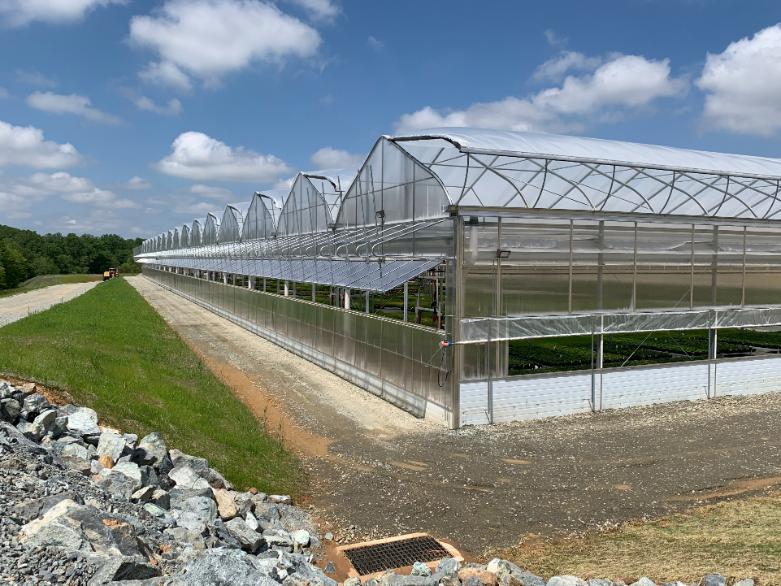6 Tips for getting the most out of your Integrated Control System
Managing all of the environmental factors in a commercial greenhouse is a lot to take care of when you’re trying to grow continuously high quality crops. This is why more growers are choosing an integrated environmental computer system that controls all of their environmental factors cohesively. An integrated system eases a lot of the burden and challenges growers face trying to manage all of these factors by keeping your system attuned to the needs of your crop without the need for constant monitoring and adjustment. A fully integrated system will help to build consistent and predictable cycles that will maintain an ideal growing environment.
Another major benefit of a fully integrated environmental control system is its ability to reduce overall production costs. Even though the system itself is a big investment, you are likely to see significant savings on your overall production costs when all of your environmental factors are working in unison.
Here are a few tips for making sure you’re getting the most out of your integrated environmental control system:
Do your research
Before you choose an environmental computer system (ECS), do your research on the company, or companies, you’re considering to make sure they’re established and experienced in the commercial greenhouse industry. If possible, find other growers who are using the same system to find out how they like it, and don’t just stop at one opinion. While doing your research, a few questions you should ask about your ECS provider are:
- Does the company have experience with greenhouse environmental controls?
- Is the company knowledgeable about greenhouse production and equipment?
- Does the company offer tech support from knowledgeable experts on your system and what is their availability?
- Is their equipment backed up by a warranty?
Anticipate future plans
There is always the possibility of expanding your greenhouse operation or adding more equipment to benefit your crops but you’ll need to make sure it can be accommodated by your greenhouse controls. It’s recommended that you have at least one extra outlet controlled by your ECS to accommodate more equipment such as an additional humidifier. It’s often more cost effective to anticipate the possibility of expanding or adding more equipment in the future than it is to backtrack so we recommend planning for those possibilities.
Create a troubleshooting book
Equipment failures and malfunctions are a reality of any integrated system but it’s much easier to get over these bumps when they can be easily fixed. A good idea is to have an ongoing troubleshooting binder for anytime something needs to be fixed. Print a copy of the graph from when the malfunction took place and make a note of how the problem was fixed. This way you, and your staff, will have something to refer to and can quickly fix the problem should it occur again.
Have spare parts available
All too often the time that something malfunctions is when it’s impossible to get the part you need, such as on a weekend or major holiday. Having spare pieces on hand such as fuses and even an extra controller is a good idea so that if anything malfunctions it can be fixed quickly instead of having to wait until the next business day. It’s also wise to have the phone number for the tech you normally deal with readily available for any emergencies.
Perform routine checks
An ECS is an important tool in ensuring consistent quality but growers might become complacent which can be very costly. It’s still up to the grower to recognize if the system is not working properly. If the vents are supposed to be 30 percent open according to the computer but they are actually 50 percent open, there might be a calibration or connectivity issue with a sensor which can commonly happen following a power outage. If what your computer says isn’t accurate, check your sensors and either replace or have them properly calibrated. We also recommend training your staff to recognize any abnormalities so it can be dealt with as quickly as possible.
Know your Budget
An Environmental Control System can cost anywhere from a few thousand dollars to hundreds of thousands of dollars depending on the brand and what it’s being used for. To make sure you’re getting the most out of your investment, it’s important to understand what it is you need out of a control system and then work within your budget. First ask what your crop is worth, and this will tell you, as well as your supplier, where to start as far as systems that will work for you for the right price.
Interested in learning more about integrated environmental computer systems? Contact the experts at GGS to find the right system for your commercial greenhouse.






